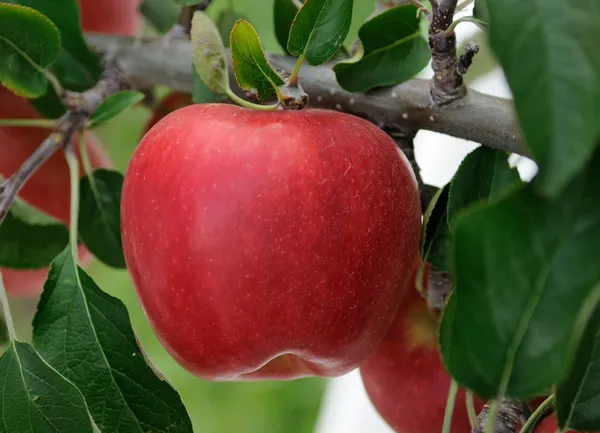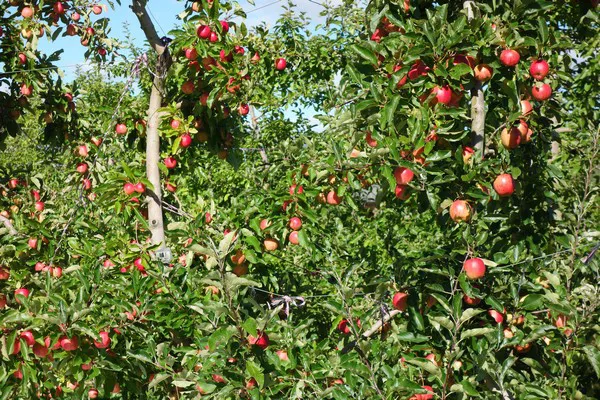In a typical season, the US brings in offshore apples from Argentina, Chile, and New Zealand. “The breakdown between these three countries of origin varies a little bit every year, but this year, we are seeing a different pattern,” says Maureen Royal with Bridges Organic Produce. “Prior to the harvest season, Argentina and Chile experienced unseasonably cold and hot weather at various times. In addition, several hailstorms damaged the fruit on the trees.” This has resulted in lower supplies. On top of that, the processing markets in Argentina and Chile are paying very high prices. “This makes it more attractive to the grower to keep the fruit in the domestic market as it avoids packing and shipping costs,” says Ben Johnson, Bridges’ President. As a result, some varieties have been diverted directly to the local processing market and aren’t available for export.
With less volume coming in from South America, eyes are turned on New Zealand this season. While New Zealand plays a bigger role in US organic apple imports this season, the country was also negatively impacted by the weather. “Right at the start of harvest, New Zealand was hit by a cyclone,” said Royal. “Heavy wind and flooding caused damage to many of the orchards on the North Island. Trees came out of the ground and some orchards were completely covered with flood water, which resulted in a loss of some apple varieties from New Zealand.” Thankfully, not all varieties were affected, and Bridges is happy to be able to offer good supplies through early August.

New Zealand grows popular varieties
Within the domestic market, snow during bloom last year caused the US apple crop to be the smallest in years. “As a result, the inventory is quite low compared to recent seasons. All varieties are needed to help fill the market in the US,” said Johnson. “The varieties New Zealand has available are popular in the US market. This, combined with high-quality fruit is expected to result in high demand,” said Royal.
One variety that’s popular during both the domestic and import seasons is Honeycrisp. They are a seedling developed by crossing a Macoun apple and a Honey Gold apple and the first plantings took place in the early 1960s. “New Zealand is well known for their excellence in growing high quality Honeycrisp apples,” said Royal. “Honeycrisp are 60 to 90 percent red color over a yellow background with an exceptional crisp texture.” They are available for the first half of the import season, from mid-May through July. Another popular variety from New Zealand is Koru. They are a cross between a Fuji and a Braeburn apple, developed in New Zealand in 2007 and first sent to the US in 2013. “Koru have a high sugar content, but are also acidic, giving them a perfectly balanced taste.” They are available a bit later during the import season, from mid-July until August.
Around mid-May, the first fruit left New Zealand. It’s about a three-week voyage and from now through July, Bridges Produce will be receiving shipments from New Zealand regularly once a week. “Our fruit will arrive into the Port of Philadelphia as well as the Port of Long Beach in California.”

In addition to apples, Bridges Produce offers a range of organic produce. Visit the company at booth #726 at the upcoming Organic Produce Summit in Monterey, CA.
 For more information:
For more information:
Bridges Produce
Maureen Royal
[email protected]
Ben Johnson
Tel: (+1) 503-235-7333
[email protected]
www.bridgesproduce.com
